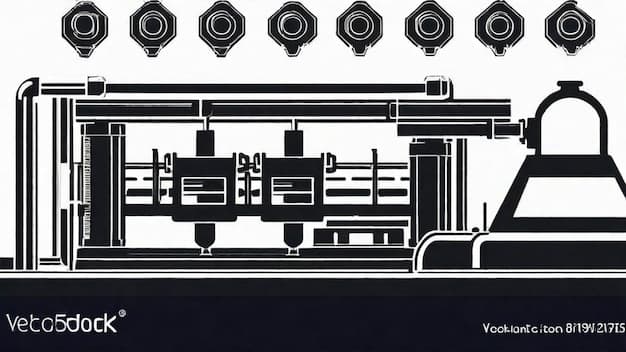In an era where security breaches seem to be rampant, understanding the intricacies of access control systems is more important than ever, especially for those embarking on careers in tech or facilities management. If you've ever found yourself wondering how those sleek electronic locks work or where all those colorful wires lead, you're in the right place. Access control wiring diagrams illuminate the pathways to secure installations, ensuring that safety protocols are not only understood but effectively implemented. This guide will explore essential elements of these diagrams, offering insights that resonate with tech-savvy novices and veterans alike.
Access control systems are the backbone of modern security solutions, facilitating controlled entry into sensitive areas while deterring unauthorized access. These systems can incorporate a variety of components, including card readers, keypads, biometric scanners, and, of course, a complex web of wiring. Why delve into the details of wiring diagrams? Quite simply, knowledge in this area demystifies a crucial facet of security, equipping you with the competence to tackle installation challenges head-on.
At first glance, access control wiring diagrams may seem like cryptic blueprints—intricate patterns of lines and symbols. However, these diagrams serve a vital purpose: they provide a visual representation of how different components interconnect. Primarily, a wiring diagram illustrates the physical layout and the functional relationships among elements, such as power supplies, readers, and control panels.
Consider the fundamental components of an access control system:
- Power Supply: This component powers the entire system. Diagrams will show how power is distributed among other devices, often indicating the voltage and current specifications necessary for safe operation.
- Controllers: These are the brains behind access control systems. Wiring diagrams detail their connection to both power supplies and input/output devices, facilitating effective communication across the network.
- Readers: Card or biometric readers allow authorized personnel entry. Diagrams outline the appropriate wiring schemes, ensuring seamless integration into the existing security ecosystem.
- Maglocks and Electric Strikes: These locking mechanisms are activated by the system to permit or deny access. Wiring diagrams clearly delineate how they connect to control panels and power sources.
- Networking Equipment: With increasing reliance on IP-based systems, diagrams now include routers and switches that facilitate remote management and oversight.
When grappling with these diagrams, it is important to familiarize yourself with standard symbols that represent various electronic components. A legend is often included, providing a key to deciphering these illustrations. Common symbols may encompass power sources, relays, and various types of connectors. Mastering the symbolism empowers technicians and DIY enthusiasts to comprehend the configuration effortlessly, leading to more informed decisions during installations or troubleshooting.
Yet, not all wiring diagrams are created equal. There is often a divergence between schematic diagrams and wiring diagrams. Schematic diagrams focus more on the functional aspects, showcasing the flow of electricity or signal throughout the system without a true geographic reference. In contrast, wiring diagrams emphasize the physical layout, including how components are spatially organized. Understanding these distinctions can save you considerable time, especially when diagnosing issues or planning an upgrade.
Let us dive deeper into the installation process. When installing an access control system, adhering to the wiring diagram is paramount. The first step involves determining the placement of each component. Consider both aesthetic appeal and functional efficacy—accessible yet secure placement is vital. Once placement is established, ensure that wiring routes do not interfere with other systems, such as electrical or data cables; this is not just common sense but also a code requirement in many jurisdictions.
After determining the layout, consultants suggest starting from the power supply and working your way outward. This methodology reduces the risk of electrical shorts and overlapping cables, which can lead to costly repairs or failures. Utilize color-coded wires whenever possible; this simple practice enhances clarity when referring back to the wiring diagram and mitigates the potential for confusion during future modifications or repairs.
Moreover, understanding the potential pitfalls during installation can save considerable time and resources. For instance, improper grounding can lead to erratic behavior within the system, including false alarms or lockouts. Similarly, using incorrect gauge wires might result in voltage drops, impairing device performance. A thorough review of the wiring diagram prior to installation ensures that the right components and cables are procured.
Finally, post-installation, performing a rigorous system test is crucial. Check the operation of each component in line with the wiring diagram, noting any discrepancies. If something doesn’t behave as anticipated, revisit the wiring diagram, adjusting connections as necessary. Effective troubleshooting often hinges on your familiarity with these diagrams.
Ultimately, a comprehensive understanding of access control wiring diagrams not only empowers you to secure your installations but also enhances your overall prowess in the field of electrical and electronic systems. These visual guides mitigate uncertainties and refine your technical abilities, paving the way for a future that merges technology and safety seamlessly. Grasping these concepts positions you at the forefront of an industry that is critical in today’s safety-conscious world.




















Responses (0 )